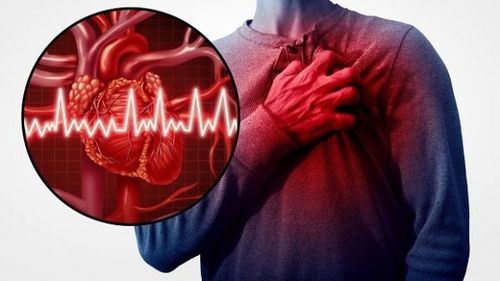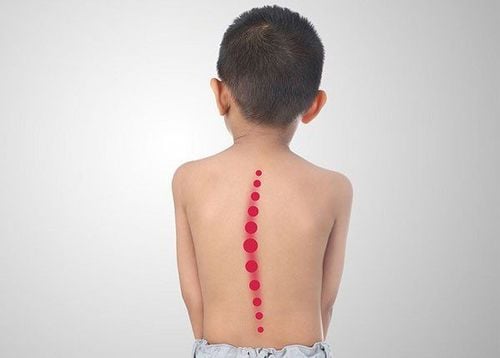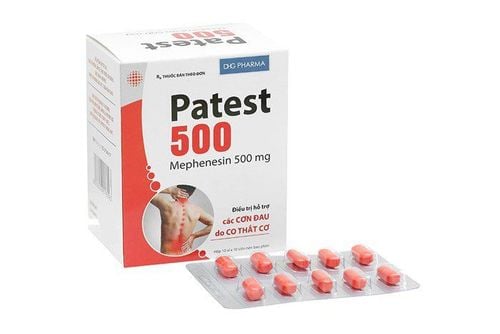This is an automatically translated article.
The article was written by MSc Vu Duy Chinh - High-tech Unit for Treatment of Cerebral Palsy and Autism - Vinmec Times City International Hospital.Rett syndrome is a rare genetic developmental and neurological disorder that affects the way the brain develops, causing difficulty using the major eye, motor, and vocal muscles. appear in women.
1. What is Rett syndrome?
Most babies with Rett syndrome seem to develop normally at first, but after about 6 months of age, children gradually lose skills that were previously acquired, such as the ability to crawl, walk, communicate, or use hand. Over time, children with Rett syndrome have more problems with using the muscles that control movement, coordination, and communication.
2. What causes Rett syndrome?
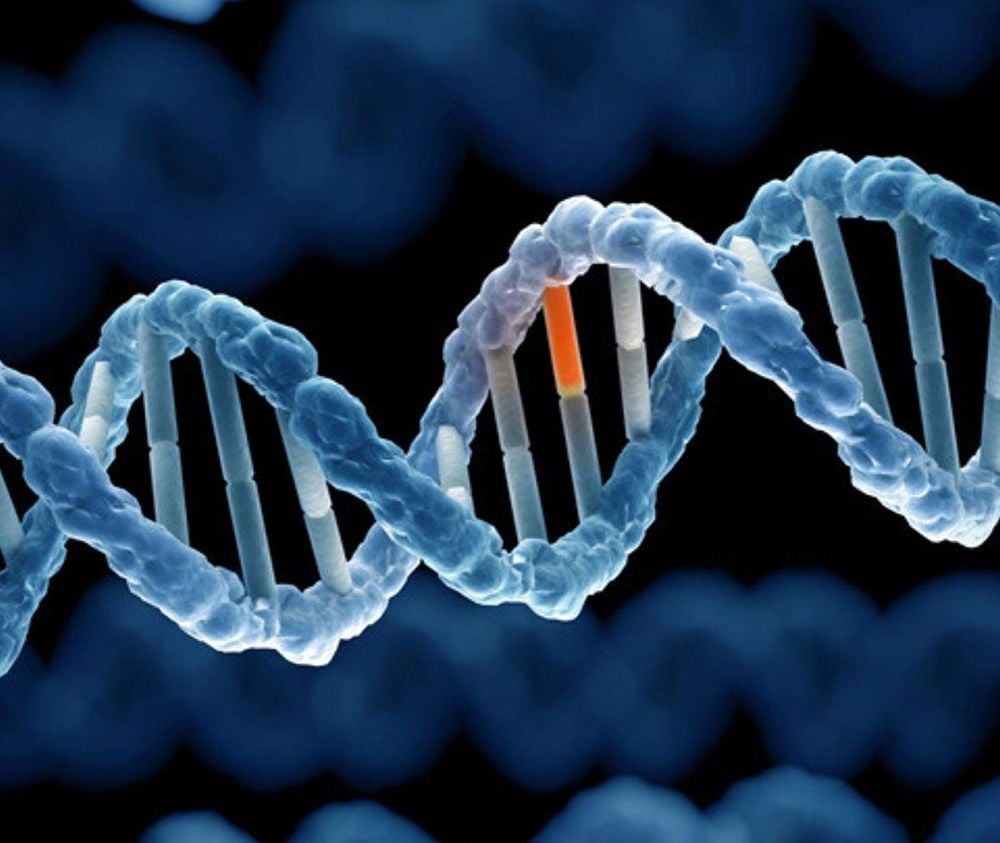
Most children with Rett syndrome have a gene mutation on the X chromosome. The mutated gene that causes Rett syndrome is MECP2. What effect this gene has, how the mechanism is, how its mutation leads to Rett syndrome is currently not clear. The researchers believe that this single gene may influence many other genes involved in development.
Although Rett syndrome is inherited, children almost never inherit the faulty gene from their parents. Instead, it's a chance mutation in the DNA that takes place during fetal formation and development. When a boy has a developmental genetic mutation that leads to Rett syndrome, he rarely survives after birth.
Since males have only one X sex chromosome (females have two X chromosomes), the effects of the disease are much more severe and almost always fatal in boys during the fetal period.
3. Epidemiology

3.1 Frequency of Disease Rett syndrome affects mainly females, occurs worldwide in a wide range of races and ethnicities, with prevalence between 1 in 10,000 and 1 in 20,000 girls. In the United States, in a large study, the incidence was approximately 1/23,000 people. In Japan, this frequency is 1 in 45,000 girls aged 6-14.
3.2 Mortality/Illness Rate Most Rett patients live between the ages of 50 and 60, often with severe impotence. Survival rates of patients with Rett syndrome decrease in children over 10 years of age; The 35-year survival rate is 70%. Death can be sudden and is often secondary to pneumonia. Risk factors include seizures, loss of mobility, and difficulty swallowing.
3.3 Age In general, Rett syndrome is clinically detected in children 2–4 years of age, however, underlying neurodevelopmental arrest may begin in children 6–18 months or younger.
4. Stages of Rett . Syndrome

4.1 Stage I Early Emergence Stage. The signs and symptoms are vague, easily missed, in the early stages, which begin in babies 6-18 months old and can last a few months or a year.
In this stage, children show reduced physical development such as reduced head circumference, decreased weight gain, decreased height development, children have less eye contact and easily lose interest in toys, children show normality. calm, less interactive than other children of the same age. Babies may also be slow to sit or crawl.
4.2 Phase II Rapid Destruction Phase. This stage begins from 1-4 years old, children lose the ability to perform skills that they have acquired before. These symptoms may come on quickly or gradually, occurring over several weeks or months.
Symptoms of RETT syndrome manifest as growth rate starting to slow down. Children exhibit autism-like behaviors (eg, progressive loss of social interaction and non-verbal communication skills), midline hand twisting, clapping, hand washing, squeezing, clapping Hands, knocks or rubbing or hand-to-mouth movements may be present with periods of heavy breathing, screaming or crying for no apparent reason, and problems with movement and coordination.
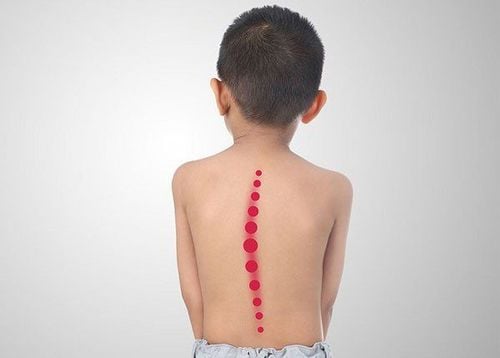
Besides, hand control and movement also have many advancements including: hand shapes. Seizures can begin during this period and usually do not occur before age 2. Children sometimes stiffen, hyperventilate, hold their breath, grind their teeth, involuntary tongue movements, do not gain weight, and have scoliosis.
4.4 Stage IV Tardive motor deterioration stage. This stage usually begins after age 10 and can last for years or decades. At this stage, mobility is impaired, dystonia, muscle weakness, rigidity, joint spasticity and scoliosis, inability to walk, growth retardation, hyperventilation, and convulsions.
General understanding, communication, and hand control skills remain stable or slightly improve in frequency and extent of movement, with fewer seizures. Eye contact is also achieved and may be the only way to express emotions and communication needs.
5. Common symptoms of Rett . syndrome

Babies with Rett syndrome are usually born after a normal pregnancy. The age at which symptoms begin to appear, the severity and associated disabilities are different for each child.
However, most babies with Rett syndrome seem to develop and function normally during the first six months of life. Then, signs and symptoms begin to appear. The most noticeable changes usually occur in babies between 12-18 months of age. These changes come on suddenly or over a period of 1 week or several months.
Common symptoms include:
Slowed growth: A baby's brain growth slows down after birth. A smaller-than-normal head circumference (microcephaly) is often the first sign of a child with Rett syndrome. As the child grows older, you can easily notice the slow growth rate in other parts. Loss of normal mobility and coordination: The first signs often include decreased hand control, decreased ability to crawl or walk normally. At first, the loss of these abilities occurred rapidly, then it continued more slowly. Eventually, muscles become weak or may become stiff or stiff with abnormal movements and posture. Communication loss: Children with Rett syndrome often begin to lose the ability to talk, make eye contact, and communicate in other ways. Children may become indifferent to toys, people, and their surroundings. Some children have rapid changes, such as a sudden loss of the ability to speak. Over time, most children with this syndrome gradually regain the ability to make eye contact and develop other nonverbal communication skills. Abnormal hand movements: Children with Rett syndrome often develop repetitive, unintentional hand movements, which vary from child to child. Hand movements may include twisting, twisting, squeezing, clapping, tapping, or rubbing. Abnormal eye movements: Children with Rett syndrome often have abnormal eye movements, such as staring, blinking, squinting, or blinking individual eyes.

Breathing problems: These include holding your breath, breathing abnormally fast (hyperventilation), exhaling forcefully with air and saliva, swallowing air. These problems tend to occur during waking hours, but not during sleep. Agitation and irritability: Children with Rett syndrome become increasingly agitated and irritable as they get older. Periods of fussiness or screaming can start suddenly, for no apparent reason, and last for hours. Other Abnormal Behaviors: These may include sudden odd facial expressions and long bursts of laughter, licking of hands, and grasping of hair or clothing. Cognitive disabilities: Loss of skills may be accompanied by loss of intellectual function. Most people with Rett syndrome experience occasional seizures. Abnormal curvature of the spine (scoliosis): Scoliosis is a common feature of Rett syndrome. It usually occurs between 8-11 years old and the degree of curvature increases with age. If the curvature is too severe, proceed with surgery if possible. Irregular heartbeat: This is a life-threatening problem that can lead to sudden death for many children and adults with Rett syndrome. Pain: Children with Rett syndrome may be at increased risk of pain due to a number of health problems. Poor communication makes it difficult for those around to realize that the patient is in pain. In one small study, a quarter of parents reported that their daughter had pain more than one week out of each month. Other symptoms: A variety of other symptoms may occur, such as thin, weak bones that are more likely to break; small hands and feet are often cold; problems with chewing and swallowing; chatter. Symptoms can vary greatly from child to child.
6. What diseases can rett syndrome resemble?

Depending on the stage of the disease, Rett syndrome will present with symptoms similar to the following medical conditions:
Benign congenital hypotonia Prada-Willi syndrome Metabolic disorder Autism Angelman syndrome cerebral palsy Degeneration of the spinal cord - cerebellum Leukoencephalopathy Therefore, in order to make a correct diagnosis of the disease and thereby have appropriate treatment, parents when they see that their child has these symptoms. Diseases as described above need to take the child to a specialized medical facility for specific examination and advice.
Please dial HOTLINE for more information or register for an appointment HERE. Download MyVinmec app to make appointments faster and to manage your bookings easily.





